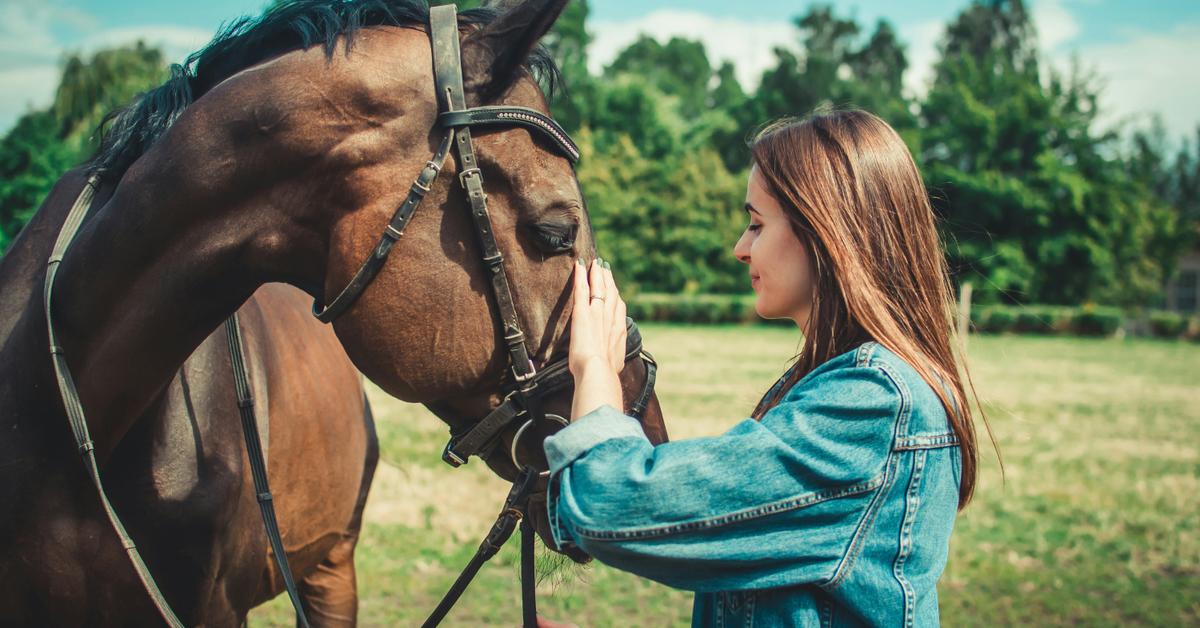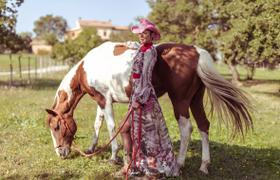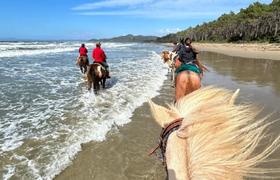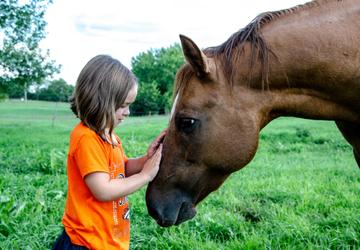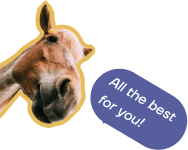Bonding with horses is vital. A strong bond can improve your horse’s overall well-being and lead to better cooperation during rides and training. A trusting relationship can reduce anxiety and stress for both horse and rider.
Horses are capable of forming deep emotional connections. You can build a unique and lasting partnership with a horse, unlike with any other animal.
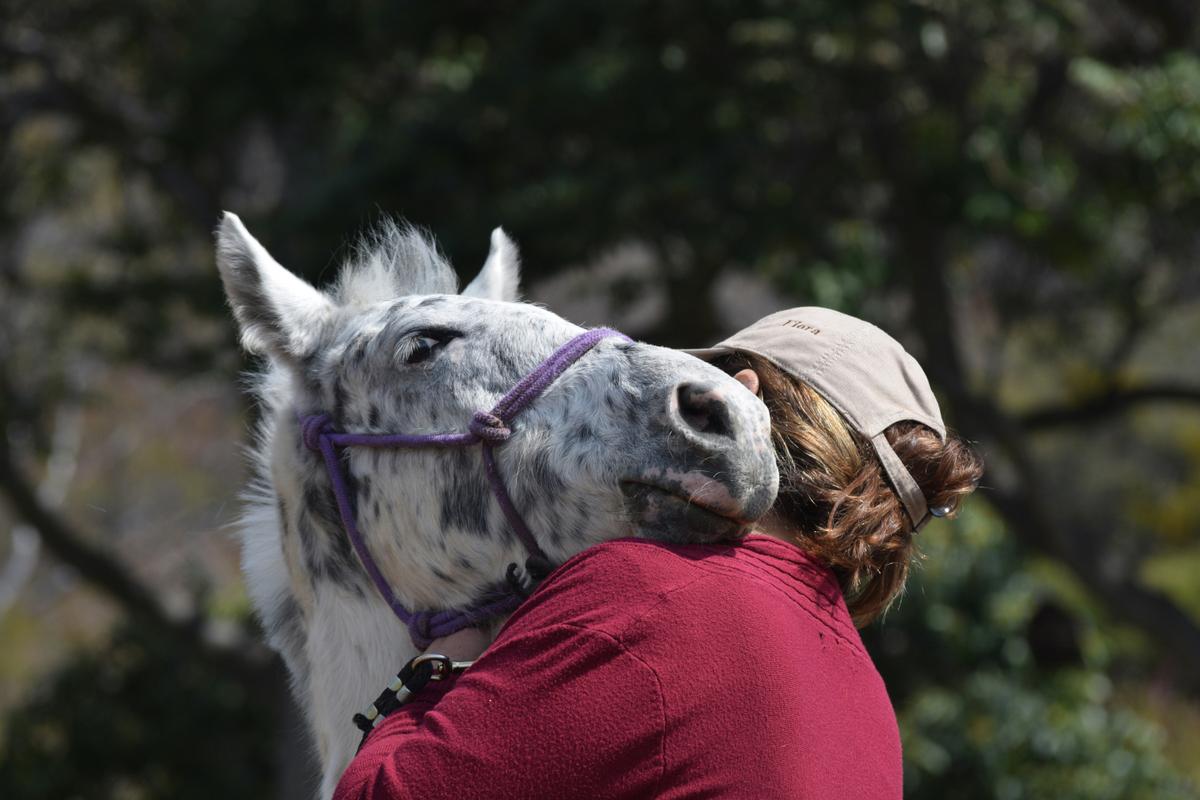
How to Approach a Horse
Approaching a horse for the first time requires caution. These animals have teeth and hooves that can seriously hurt you. Many horses are friendly, but some are wary around strangers, so it’s best to approach them with care.
Always ask the owner or handler about the horse’s temperament and whether it is safe to approach. If they say no, it is likely for a good reason, and you should respect their decision.
Once you have permission, approach from the front, not the rear. You can spook a horse if it doesn’t see you coming. Move toward the animal calmly but with confidence.
Pay attention to its body language as you move closer. If its ears are pointed away, you likely don’t have its attention. You can speak to the horse in a low, calm voice to get its focus. Never approach a horse if its ears are pinned back against its head. This usually signals discomfort, aggression, or fear. If the horse’s ears are relaxed or pointed toward you, it should be safe to approach.
Move toward the horse’s shoulder. The horse will want to smell you, so you can hold your hand out, palm down. If the horse touches you with its nose, you can gently rub its neck and shoulders.
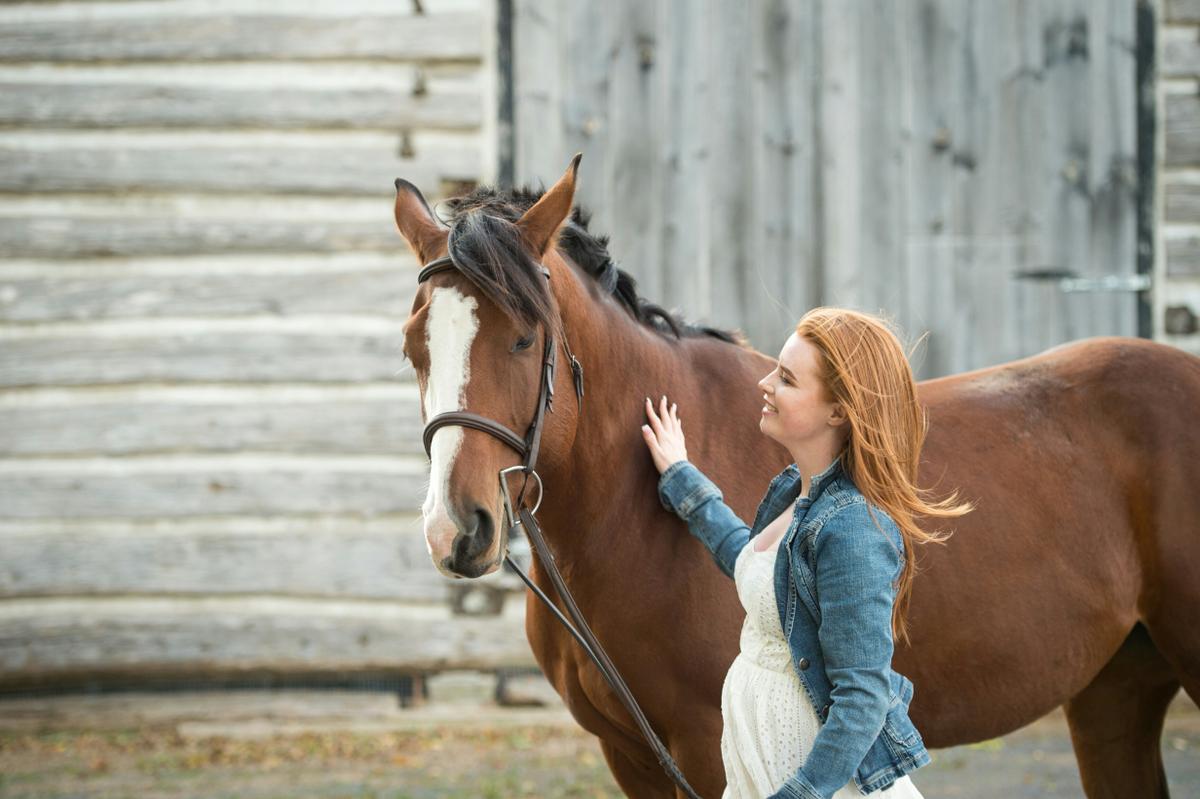
Ways to Bond with Your Horse
One of the best ways to bond with your horse is to treat it like a new friend you want to get to know. Just like human friendships, the bond between a horse and its rider takes time and positive interactions.
Here are some ways you can spend time with your horse:
- Grooming (including brushing, bathing, massages, etc.)
- Hand grazing
- Groundwork
- Sharing treats
- Riding
- Talking
When spending time with your horse, remain calm and relaxed. This will help your horse feel more comfortable and secure around you.
When speaking to your horse, tone and consistency matter. Horses respond to the tone, inflection, and energy of your voice. Use a composed tone when you want your horse to calm down.
Be consistent with the commands you use. If you are trying to get your horse to stop and you say “woah” one day and “stop” the next, it will be harder for the horse to learn and follow your commands.
There are two main approaches to horse training: reward-based and discipline-based. Reward-based training reinforces desired behaviors with positive reinforcement, while discipline-based training discourages unwanted behaviors through correction or negative reinforcement.
The effectiveness of these methods is widely debated. It’s up to you to decide which to use; however, remaining consistent with whatever you choose is essential. Your goal is to make your horse feel comfortable around you while also recognizing and respecting you as its leader.

Understanding Horse Behavior and Trust
The more time you spend with your horse, the more easily you will recognize its behaviors and build trust. However, it’s helpful to understand how to read a horse’s emotions and body language.
Horses are excellent communicators, relying primarily on body language. We’ve already discussed what a horse’s ears can tell you. But that isn’t the only way they communicate.
A horse may be resting or dozing if its head is lowered. If its head is elevated, it may be focusing on or concerned about something in the distance. If a horse shakes its head or moves its neck from side to side, consider it a red flag. The horse may be aggressive, so you’ll need to determine the cause, refocus its attention, move it out of the area, or step away.
When a horse stands with its front legs splayed and leans back, it is scared and may bolt. A horse may paw at the ground out of boredom, impatience, or stress. Though rare, pawing can also signal anger and serve as a warning before a charge—stay out of the way. Stomping typically indicates irritation, though usually for minor reasons. Horses can strike out with their front legs in aggression or defense, often after stomping or pawing.
Many other body language cues can reveal a horse’s emotions, which often mirror human expressions. Tensed muscles, flared nostrils, or a pinched mouth can indicate that something is wrong. Relaxed muscles, resting one hind leg, and open eyes showing no white mean that the horse is happy and calm.
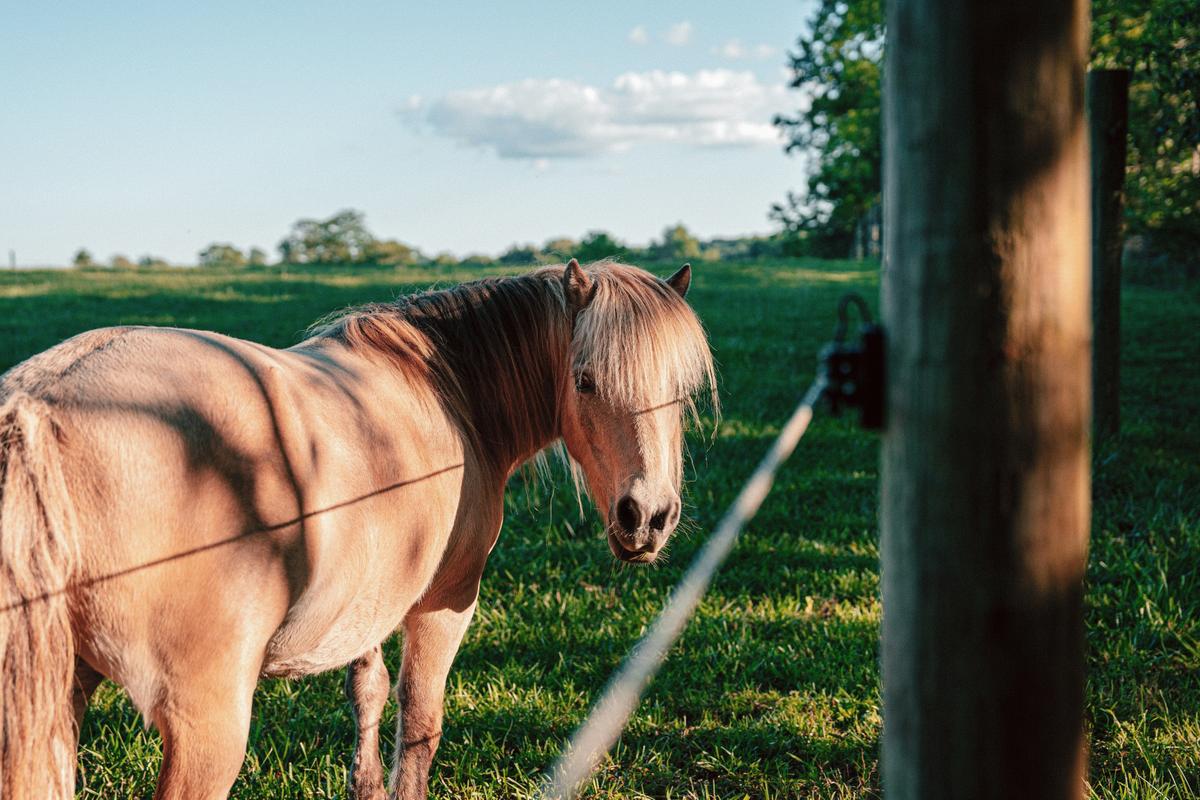
Horse Bonding Dos and Don’ts
Building a strong bond with your horse takes time, consistency, and understanding. Here’s a quick guide on the best practices and common mistakes to avoid.
✅ Do:
- Be patient and consistent
- Use positive reinforcement techniques
- Establish clear communication and boundaries
- Spend quality time together
- Learn to read your horse’s body language
❌ Don’t:
- Use sudden movements or loud noises
- Force interactions or rush the bonding process
- Rely solely on treats to gain trust
- Overwork the horse

Strengthening the Bond Over Time
Remember that your consistent daily habits will have the most substantial impact on your trust and companionship. Get into a routine with your horse and stick to it. Build mutual respect to increase confidence, improve communication, and enhance training outcomes. If you apply these techniques, your bond will only strengthen over time.
Conclusion
There are many ways to bond with a horse, but they all come down to spending quality time together, providing care, and building trust and respect. Building a bond takes time, but patience and enjoyment of the process are key. You don’t have to own a horse to experience this special connection—join our horseback tours to immerse yourself in nature and forge a deep connection with these magnificent animals!

